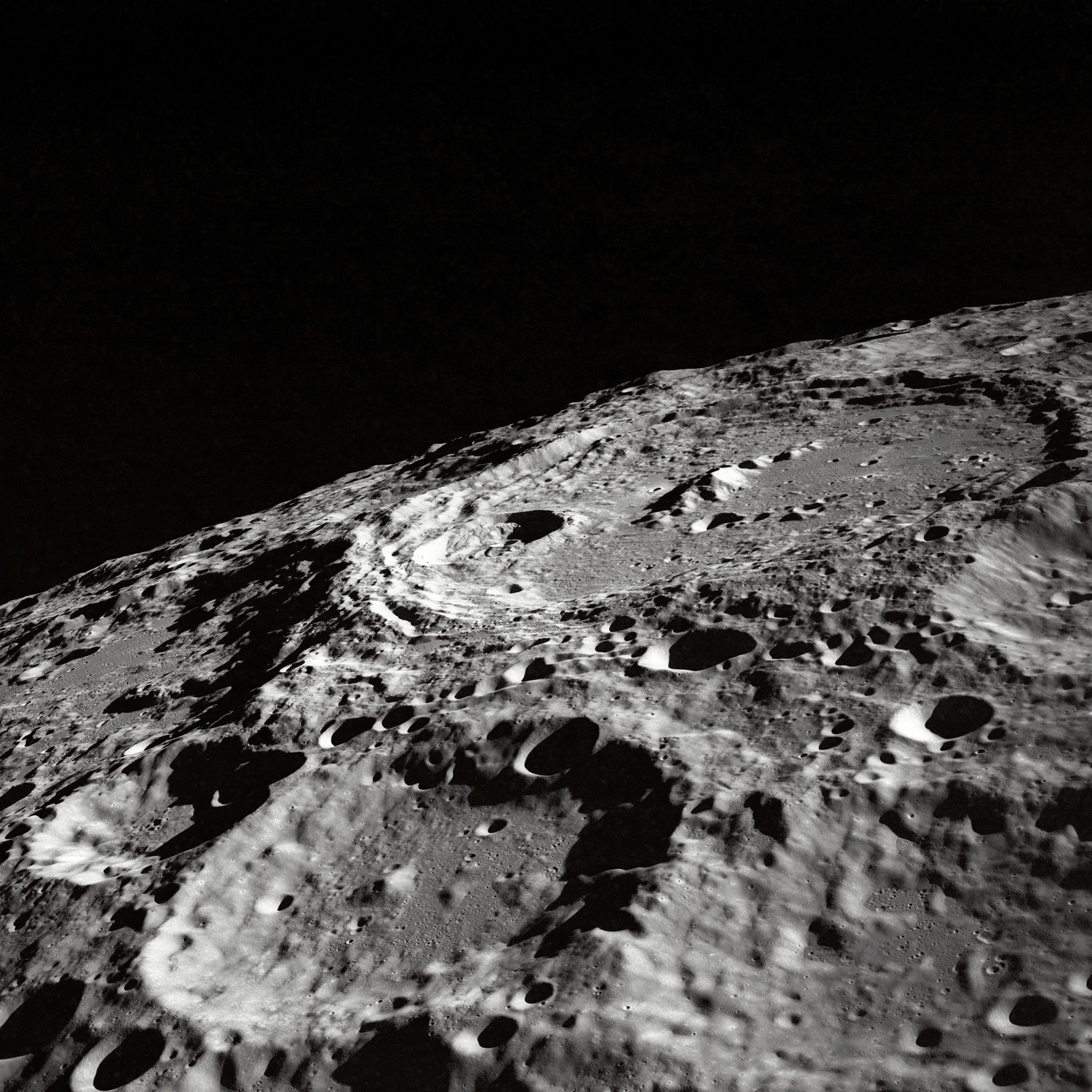What Happened to the Tree of Life in the Bible?
Throughout the Bible, various trees and plants are mentioned symbolically and metaphorically, but none hold as much significance as the Tree of Life. The Tree of Life is mentioned in both the Book of Genesis and the Book of Revelation, and its place in the biblical narrative holds profound religious and philosophical implications. In this blog post, we will explore the rich symbolism and the fate of the Tree of Life in the Bible.
Genesis: The Tree of Life in the Garden of Eden
The Tree of Life first appears in the opening chapters of the Book of Genesis in the context of the Garden of Eden. According to the biblical account, God planted the Garden of Eden and placed Adam and Eve in it.
In the center of the garden, amidst other trees, stood two prominently mentioned trees, the Tree of Life and the Tree of the Knowledge of Good and Evil. The Tree of Life, often seen as a symbol of immortality, possessed the ability to grant eternal life to anyone who ate from its fruit. It represented the original state of perfection and communion between God and humanity.
However, after Adam and Eve disobeyed God by eating from the forbidden Tree of Knowledge of Good and Evil, they were banished from the Garden of Eden. God, concerned that they might also eat from the Tree of Life and live forever, placed cherubim and a flaming sword to guard the way to the tree, preventing access to it.
Revelation: The Tree of Life in the New Jerusalem
While the Tree of Life disappears from the biblical narrative after the expulsion from Eden, it once again emerges in the Book of Revelation, the last book of the Bible. In Revelation, the apostle John describes a visionary glimpse into the future, filled with vivid and symbolic imagery.
In Revelation 22:1-2, John describes a vision of the New Jerusalem, the heavenly city. He says, “Then the angel showed me the river of the water of life, as clear as crystal, flowing from the throne of God and of the Lamb, down the middle of the great street of the city. On each side of the river stood the Tree of Life, bearing twelve crops of fruit, yielding its fruit every month. And the leaves of the tree are for the healing of the nations.”
This depiction of the Tree of Life in the New Jerusalem signifies the restoration of perfect communion between God and humanity. It represents eternal life, abundance, and healing. The vision suggests that the Tree of Life will be accessible once more to those who dwell in the heavenly city, and its fruit and leaves will bring healing and wholeness to the nations.
The Symbolism of the Tree of Life
Beyond its literal interpretation, the Tree of Life holds profound symbolism in the Bible. It represents not only the possibility of eternal life but also the original state of harmony between humanity and God. Additionally, it symbolizes wisdom, abundance, and the healing power of God.
In Christianity, Jesus Christ is often seen as the fulfillment of the promise of the Tree of Life. Through his sacrifice on the cross, Jesus offers humanity the opportunity for spiritual rebirth and restoration to the original state of communion with God.
The Tree of Life also finds resonance in other religious and mythological traditions. In ancient Mesopotamian mythology, for example, there are references to a divine tree, often identified as the Tree of Life, which bestows eternal life on those who consume its fruit.
Theological Interpretations and Philosophical Reflections
Throughout history, theologians and philosophers have offered various interpretations and reflections on the Tree of Life in the Bible.
Some see the Tree of Life as a symbol of humanity’s innate longing for immortality and spiritual fulfillment. It represents the ultimate quest for eternal life and the search for meaning and purpose.
Others view the Tree of Life as a metaphor for wisdom and enlightenment. Just as the tree’s fruit provides knowledge and insight, seeking wisdom leads to a deeper understanding of God and His purpose.
The Tree of Life is also seen as a reminder of the precarious balance between good and evil. In the Garden of Eden narrative, the proximity of the Tree of Life to the Tree of Knowledge of Good and Evil serves as a constant reminder of the choices humans face and the consequences that follow.
In Conclusion
The Tree of Life in the Bible holds immense significance, both in its literal and symbolic interpretations. From its presence in the Garden of Eden to its appearance in the vision of the New Jerusalem, it represents the longing for eternal life, communion with God, healing, abundance, and wisdom.
Whether understood as a literal tree or a metaphorical representation, the Tree of Life prompts profound theological and philosophical reflections. Its story encourages us to ponder our own quest for immortality, our relationship with God, and the pursuit of wisdom and reconciliation.
While the fate of the physical Tree of Life in the Bible remains a mystery, its symbolic presence profoundly shapes our understanding of human existence and our yearning for spiritual fulfillment.
Table of Contents
